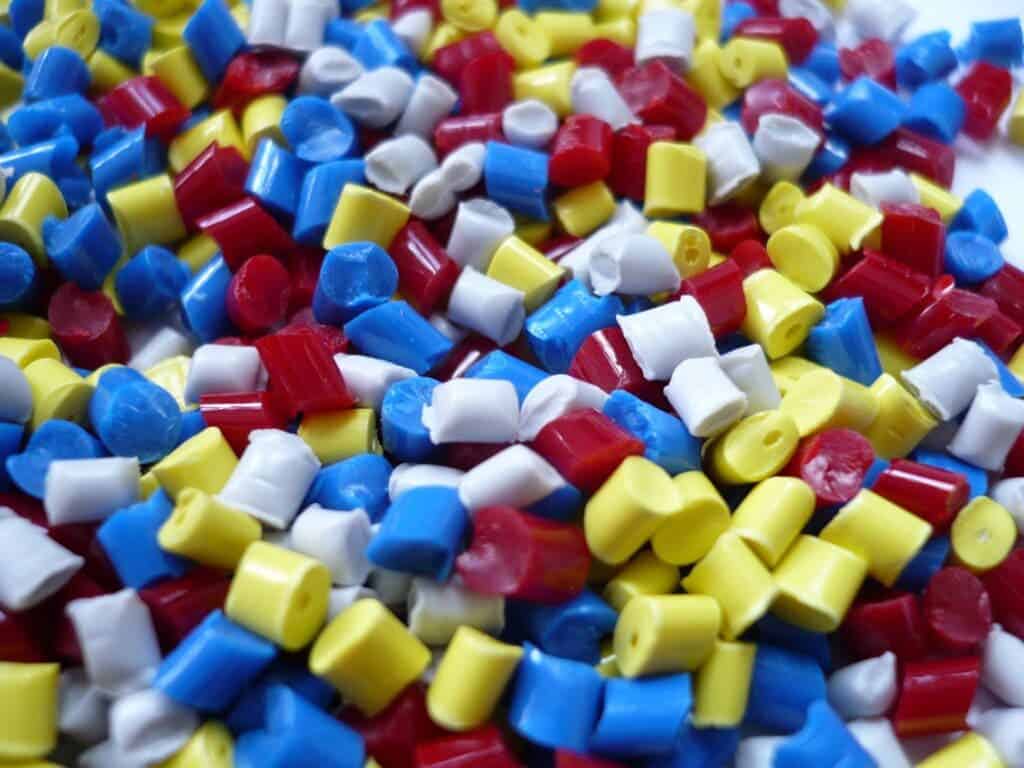Sound can help us deal with the growing issue of microplastics plaguing the world’s oceans, according to new research.

Microplastics are building up in all layers of the environment, from soils to waterways, even in the atmosphere. Such particles are produced directly by cosmetics, clothing, or industrial processes, or indirectly through the breakdown of larger pieces of plastic.
They’re becoming a genuine environmental concern risking the health of both humans and wildlife. Considerable effort has been put into developing efficient ways of disposing of microplastics, with varying success. Now, new research from the Institut Teknologi Sepuluh Nopember in Surabaya, Indonesia offers an unusual solution to the problem — filtering them out of the water using sound.
Speakers to the rescue
The approach involves using speakers to generate “bulk acoustic waves” (sound waves that propagate throughout the volume of a substance) in order to force microplastic particles in water to separate from the liquid. This allows for the quick and easy removal of the particles through mechanical means, offering a clean and quick method to scrub waters of microplastics.
During lab testing of their technique, the researchers used two speakers to generate acoustic waves through a sample of water laden with microplastic particles that was circulated through a tube. The force of these waves (sounds propagate through physical motions of a material’s particles) created pressure inside the tube, forcing the plastic microparticles to move towards the center of the tube. This tube eventually split into three channels, with the middle one removing the plastic while the other two carried the cleaner water away.
During the testing, the team’s device scrubbed around 150 liters of polluted water an hour. They tested three types of microplastic particles in pure water and seawater. The effectiveness of the rig depended mostly on the type of water that was flowing through it but also varied with the type of plastic it contained. However, the lowest efficiency ratings of the device were slightly above 56% in pure water and 58% in seawater across all types of microplastics used in the trial.
The team explains that this was only a proof-of-concept run. They’re confident that with further tweaking to the frequency of acoustic waves they generate, of the distance between the speakers and the tube, and the water flow through the tube, higher efficiencies can be attained. How much plastic can be removed throughout a cycle of the device directly depends on how much pressure can be generated in the water using the sound waves, and all those elements would affect this parameter.
One potential issue with the technology that may severely limit its applicability in the wild is that many marine species are highly sensitive to sounds in the audible range of frequency — the same range over which the team blasts their speakers. The authors are hard at work finding potential solutions to this problem. In case this can’t be addressed, the technology still holds promise in scrubbing water before it is dumped in waterways. While this won’t help clean the plastic already floating around the oceans, it can at least limit the influx of new microplastics.
“We believe further development is necessary to improve the cleaning rate, the efficiency, and particularly the safety of marine life,” said Dhany Arifianto, Chair of Vibration and Acoustics at Institut Teknologi Sepuluh Nopember Surabaya, lead researcher on the project.
The findings will be presented at the 181st Meeting of the Acoustical Society of America in Seattle, Washington on Dec. 1st.


